Cities : Skylines
Cities: Skylines is a single-player open-ended city-building simulation.
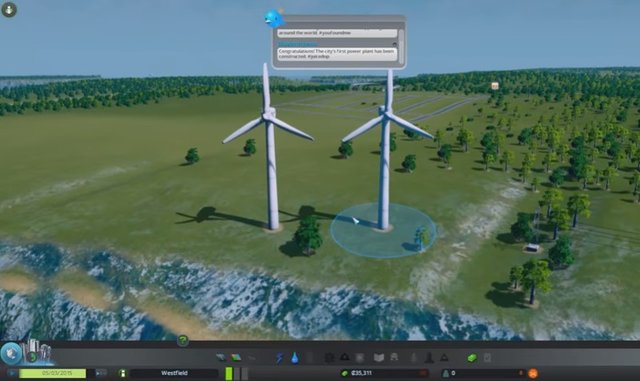
You engage in urban planning by controlling zoning, road placement, taxation, public services, and public transportation of an area.
You work to maintain various elements of the city, including its budget, health, employment, and pollution levels.
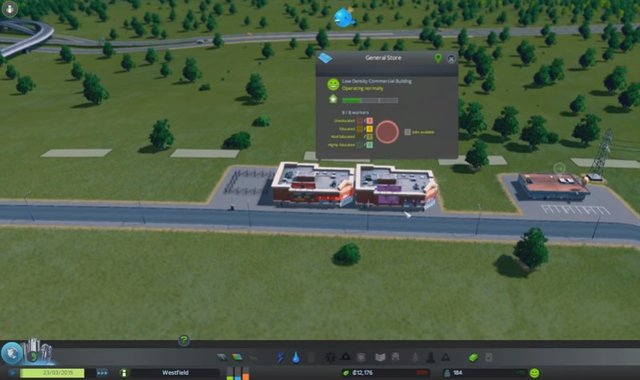
You are also able to maintain a city in a sandbox mode, which provides more creative freedom for you.
Cities: Skylines is a progression of development from Colossal Order's previous Cities in Motion titles, which focused on designing effective transportation systems.
You start with a plot of land - equivalent to a 2-by-2-kilometer - along with an interchange exit from a nearby highway,as well as a starting amount of in-game money.
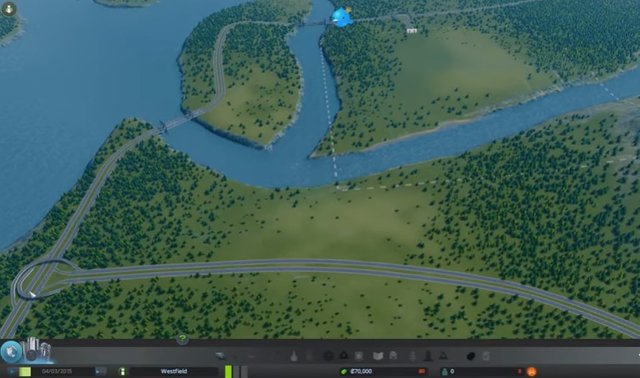
You proceed to add roads and residential, industrial, and commercial zones and basic services like power, water, and sewage as to encourage residents to move in and supply them with jobs.
As the city grows beyond certain population tiers, you will unlock new city improvements including schools, fire stations, police stations, health care facilities and waste management systems, tax and governing edicts, transit, and other features to manage the city.
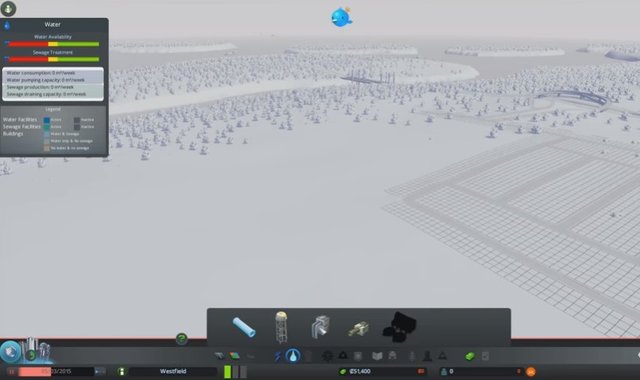
One such feature enables you to designate parts of their city as districts.
Each district can be configured by the player to restrict the types of developments or enforce specific regulations within the district's bounds, such as only allowing for agricultural industrial sectors, offering free public transportation to residents in the district to reduce traffic, increased tax levels for high commercialized areas, or even with the Green Cities DLC, placing a toll on fossil fuel vehicles entering a district while excluding hybrid and electric vehicles, akin to some forms of congestion pricing.
Buildings in the city have various development levels that are met by improving the local area, with higher levels providing more benefits to the city. For example, a commercial store will increase in level if nearby residents are more educated, which in turn will be able to allow more employees to be hired and increase tax revenue for the city.
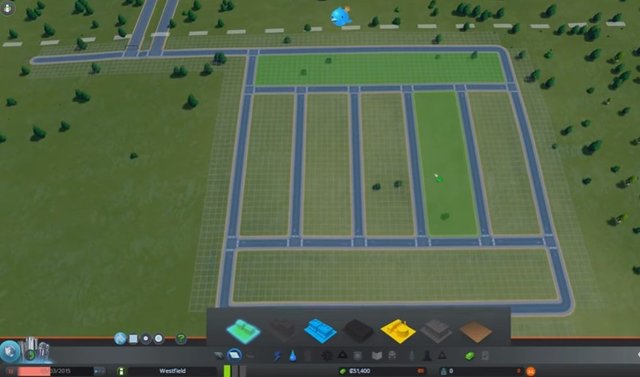
When you have accumulated enough residents and money, you can purchase neighboring plots of land, allowing you to build up 8 additional parcels out of 25 within a 10-by-10-kilometer area.
The parcel limitation is to allow the game to run across the widest range of personal computers, but you can use Steam Workshop modifications to open not only all of the game's standard 25-tile building area, but the entire map (81 tiles, 324 square kilometers.)
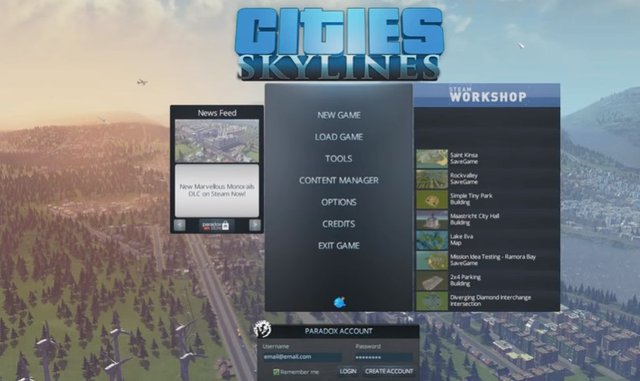
The game also features a robust transportation system based on Colossal Order's previous
Cities in Motion, allowing you to plan out effective public transportation for the city to reduce traffic.
Roads can be built straight or free-form and the grid used for zoning adapts to road shape; cities need not follow a grid plan.
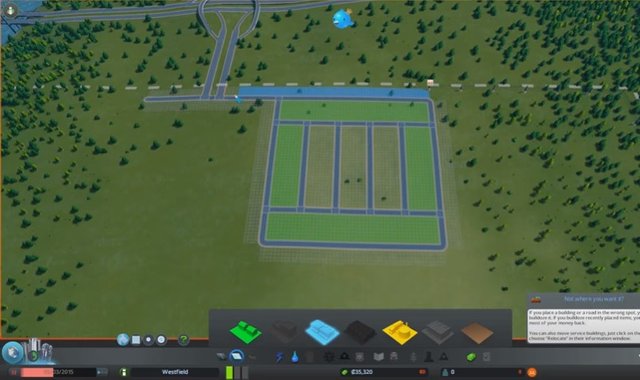
Roads of varying widths accommodate different traffic volumes, and variant road types offer reduced noise pollution or increased property values in the surrounding area at an increased cost to the player.
The road system can be augmented with various forms of public transportation such as buses and subway systems.
Modding, via the addition of user-generated content such as buildings or vehicles, is supported in Cities: Skylines through the Steam Workshop.
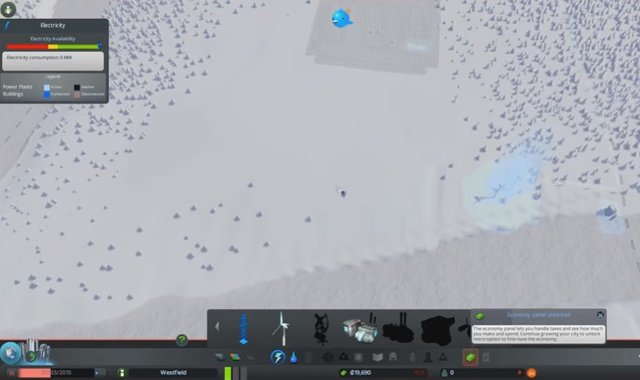
The creation of an active content-generating community was stated as an explicit design goal.
The game includes several premade terrains to build on, and also includes a map editor to allow users to create their own maps, including the use of real world geographic features.
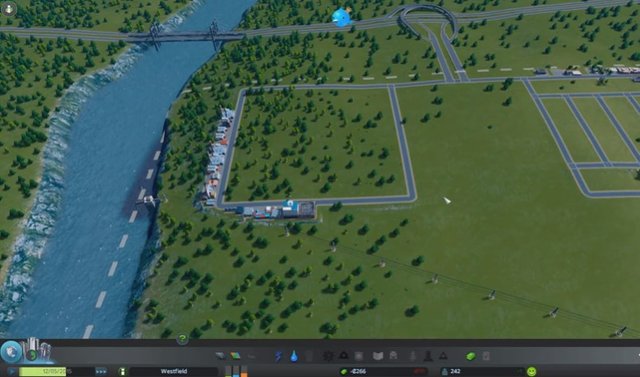
Mods are also available to affect core gameplay elements; prepackaged mods include the ability to bypass the aforementioned population tier unlock system, unlimited funds, and a higher difficulty setting.
While the developers felt they had the technical expertise to expand to a full city simulation game, their publisher Paradox held off on the idea, fearing the market dominance of SimCity.
After the critical failure of the 2013 SimCity game, however, Paradox greenlit the title.
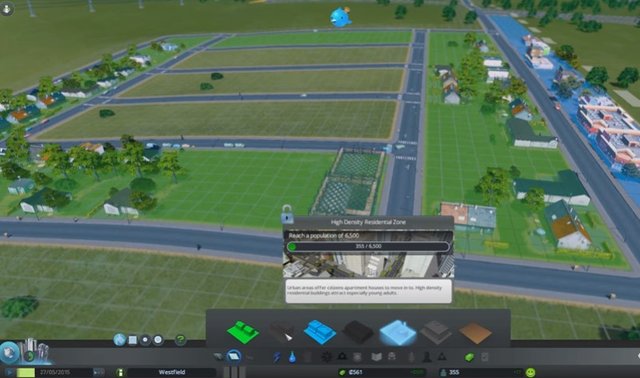
The developer's goal was to create a game engine capable of simulating the daily routines of nearly a million unique citizens, while presenting this to the player in a simple way, allowing the player to easily understand various problems in their city's design. This includes realistic traffic congestion, and the effects of congestion on city services and districts